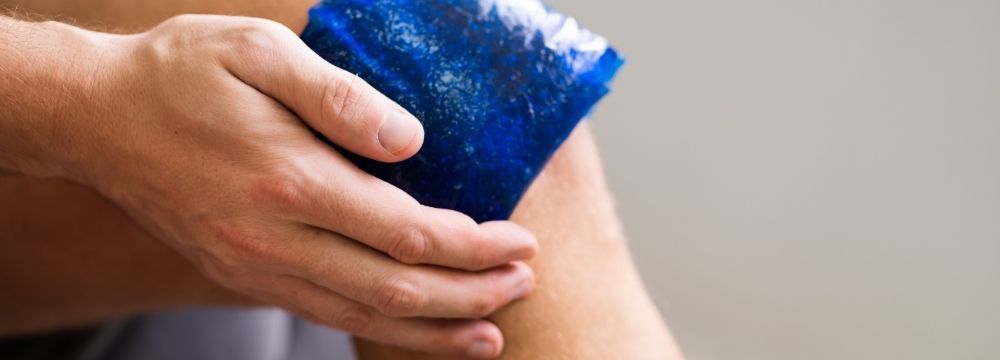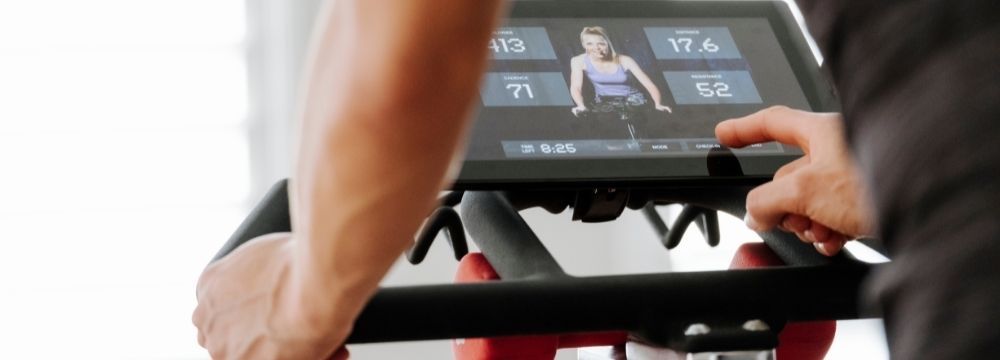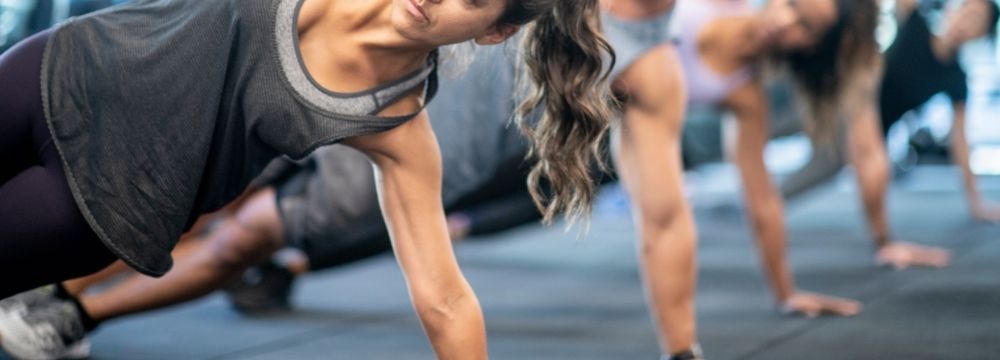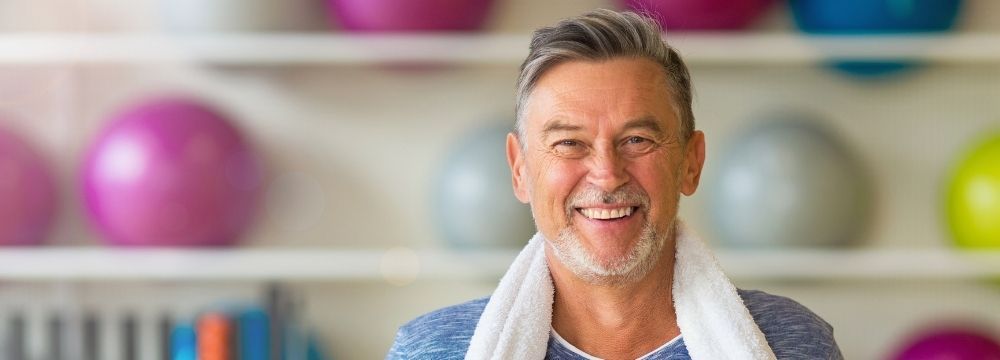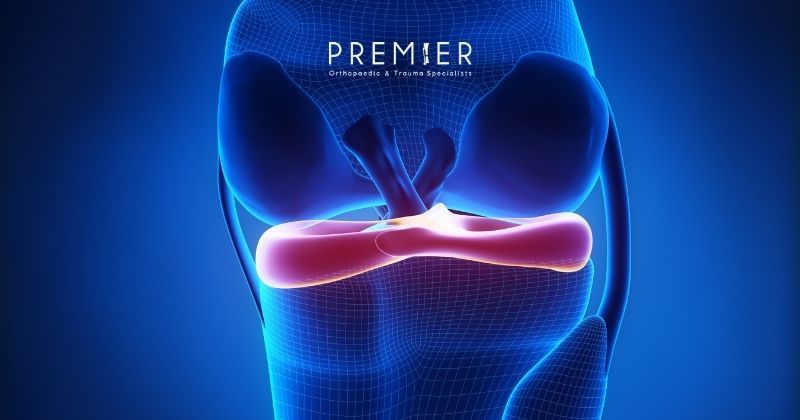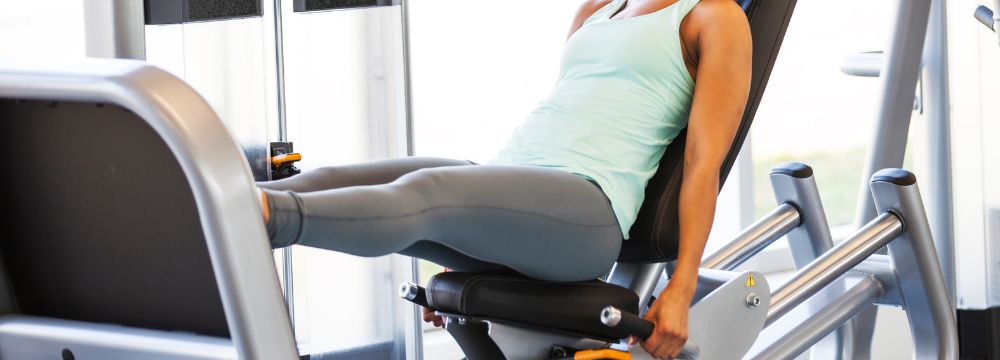
Like many joints throughout our bodies, the knee is a marvel. Even more impressive is that we use and abuse our knees constantly throughout the day, whether with high-impact exercise, injury, or simply placing too much weight on them through lifestyle choices. Yet, for decades our sensitive yet impressively tough cartilage maintains its structure and keeps us pain-free. However, whether due to age, lifestyle choices, or injury, our knees can become damaged and require us to place renewed emphasis on stability to ensure that the knee is not further damaged or that healing can occur properly. This article will discuss how to maintain or improve the knee’s stability. You should always follow these tips even if your knees don’t hurt; prevention is always better and more predictable than treatment.
Use a Brace if Prescribed by Your Orthopedic Specialist
You may feel your age using a knee brace, but these medical devices are critical to maintaining the knee’s stability. However, the device simply helps prevent the knee from moving out of place and does not help the underlying problem of knee stability. Therefore, while you should use a knee brace anytime your orthopedic surgeon recommends it, you should also speak to them and your physical therapist about the other knee stability ideas you’ll find below.
Lose Weight
We try to impress upon our patients that you put 4 to 7 pounds of extra pressure on your knees for every pound of extra body weight. Imagine how this adds up when you’re 20, 50, or even 100 pounds overweight. The result is that your knees must take more pressure, and you are prone to osteoarthritis or injury. Losing excess weight is also essential to joint health as fat (adipose) tissue releases hormones that can chemically degrade your knee and the joints around your body. So not only may you be suffering from mechanical degradation, but hormonal degradation as well.
Strengthen Your Quads and Hamstrings
It may not be immediately apparent, but your muscle connections play a significant role in the health and alignment of your joints. Underdeveloped or overdeveloped muscles in the leg or lower back can lead to an imbalance in the knee. If you go to the gym regularly, work opposing muscles on different days to ensure balanced muscle tone. Pay special attention to the strength and flexibility of your hamstrings, quads, core, glutes, and lower back. When performing any new exercise program, be sure you are under the supervision of your orthopedic specialist or physical therapist. Proper form is critical after an injury or during times of knee instability. Exercising improperly can make the problem worse and lead to damage to surrounding structures.
Visit Your Doctor or Physical Therapist if You Experience Problems
Unless caused by serious trauma, knee pain and instability often come on slowly. Many patients try to live with the pain or shake it off. However, avoiding activity and the doctor can be just as detrimental as trying to push through with an injury. The smartest next step is to visit an orthopedic specialist and physical therapist to understand the root cause of the pain or disability and develop a treatment plan that takes the pressure off the joints yet allows for critically important exercise and movement.
Of course, the common theme related to knee care is that you should not ignore potential injuries and seek qualified orthopedic care even if the injury seems minor. Damage to our joints, especially the knee, is often not reversible without intervention, so maintaining proper joint health is critical, even when we are young and active.
For any concerns about your knees or other bone structures, we encourage you to contact our office and schedule a consultation with one of our highly experienced orthopedic surgeons.




